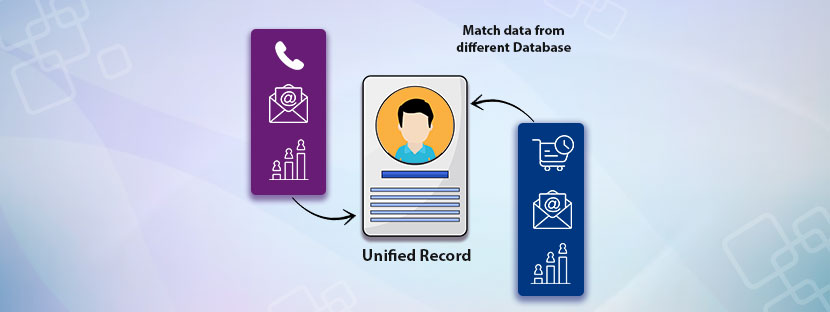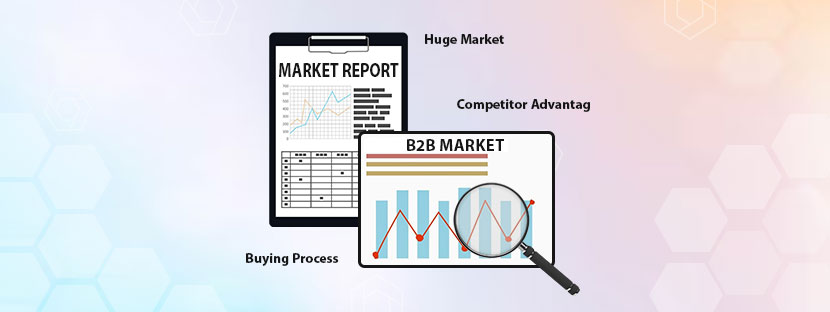In This Article
Suppose you have 100s of millions of data records, which are not necessarily matched or compiled – all random data (for this case). Doesn’t it seem heavy for you to process this data? Especially here, it doesn’t make sense to process the data as each record has no association with the other records.
So, how can you do it?
Well, the best way to process this data is to create multiple data groups based on some baseline commonality. In other words, you can do it with the application of data matching.
Let’s talk further about the process in this introductory blog, where our sole focus will be understanding how data matching works.
What is Data Matching
Data matching is a subpart of the data quality enhancement process. To get the most out of data, you need to keep the main ingredients accurate and matched as closely as possible. In data matching, we compare two or more datasets to identify records or the same entities (it includes events and transactions, too). It’s a fundamental process to ensure data integrity, reduce duplicate data, and facilitate accurate reporting across various data systems.
There are various methods available, like exact match, fuzzy logic, or probabilistic techniques, to ensure accurate data matching. Parameters to match one dataset to another depend on the quality and the structure in wherein the data is located.

How Data Matching Works
Imagine you run a retail store and you record your order and sales data in multiple databases as per your convenience. However, when it comes to finding the recorded data, it created an issue. A sales record was posted in the sales database, as Andrew Scott also looks similar in the order database. But it was posted as “A Scott”. In short, both records indicate the same person but appear differently. However, if it were ignored, adding the name twice in the database could lead to duplicate issues. Data matching is the only way to fix that up. Let’s check how it works in real terms.
Data Blending
Creation of a central repository is an extreme need in this case. To create that, you have to blend all your data. This process is quite tricky as you have to combine all your data coming from various sources and load it into a central database. Google Sheets is the best when it comes to holding large sets of data repository. However, you can further merge different datasets based on common attributes while creating the central repository.
Data Standardization
Right after data blending, you need to provide the blended dataset in the right format. A uniform format is ideal for the central repository, which you can create using cleaning and transformation techniques. To maintain consistency in the data structure, you can also use data profiling tools. With that, you can have an idea about the entire database and thus maintain the right standard.
Sorting Data into Blocks
To manage a large chunk of data, you need to have the right space. There is nothing better than blocks for this. You can easily pull out the data wherever required for matching the datasets, and store it better if you keep blocks for storing all your data. Creation of different blocks or groups with data becomes easy when you consider the common attributes of the data. For example, if it’s a sales database, then you can create separate blocks by taking datasets like order date, product name, etc.

Choosing Less Changing Attributes
Matching data is easy when the attributes are constant. You can spot the changes over time when you check things again. However, this is not possible when you consider a quickly changing attribute in this matter. A changing attribute will change over time and create confusion among the data users during the data matching phase.
For example, if you take a phone number as your attribute to match databases, then it would be your greatest mistake ever, because phone numbers will be changed over time. People change their phone numbers quite often, and thus the database also needs frequent updates. A changing attribute cannot become a measure to match datasets. However, if you consider the name attribute or the customer ID, then it would be your perfect choice for this data matching operation. These attributes will never change, except for a few incidents. Choosing fewer changing attributes will lead to fewer discrepancies in data matching.
Matching Data Records
At present, commercial organizations are doing business because of data. More than 81% of companies placed data in the supreme position when it comes to making decisions. Data matching is one of the other way of welcoming data-driven decision-making process.
To match data records, there are two popular data techniques available here: deterministic and probabilistic. Through the deterministic process, you are allowed to link the same attributes to the database. On the other hand, the probabilistic process helps you to compare data records based on some predefined rules and criteria.
Assigning Value to Matches
Data matching is not an absolute thing. We have to match it based on the available information and some sort of probable guessing. To make the matching process easy, you can assign values to each attribute based on its relevance and probabilities. Assign values to each attribute in such a way that you can calculate the scores later.
Data Matching Will Make Your Operations Smooth.
From your CRM to ERP, data matching as a process is applicable everywhere. Remember that data matching is crucial to creating high-quality datasets for business analytics With the application of data matching, you can save your data from waste. It helps create a solid data repository that can solve diverse problems. Data spread across different databases in various sectors can be consolidated within a particular format with the application of data matching.
Data matching is helpful and can be implemented on data across different industries. However, banking and healthcare are the two sectors that demand data matching for better data management. Besides that, it helps in improving customer service, reducing data management costs, and helps businesses to boost revenue growth.











